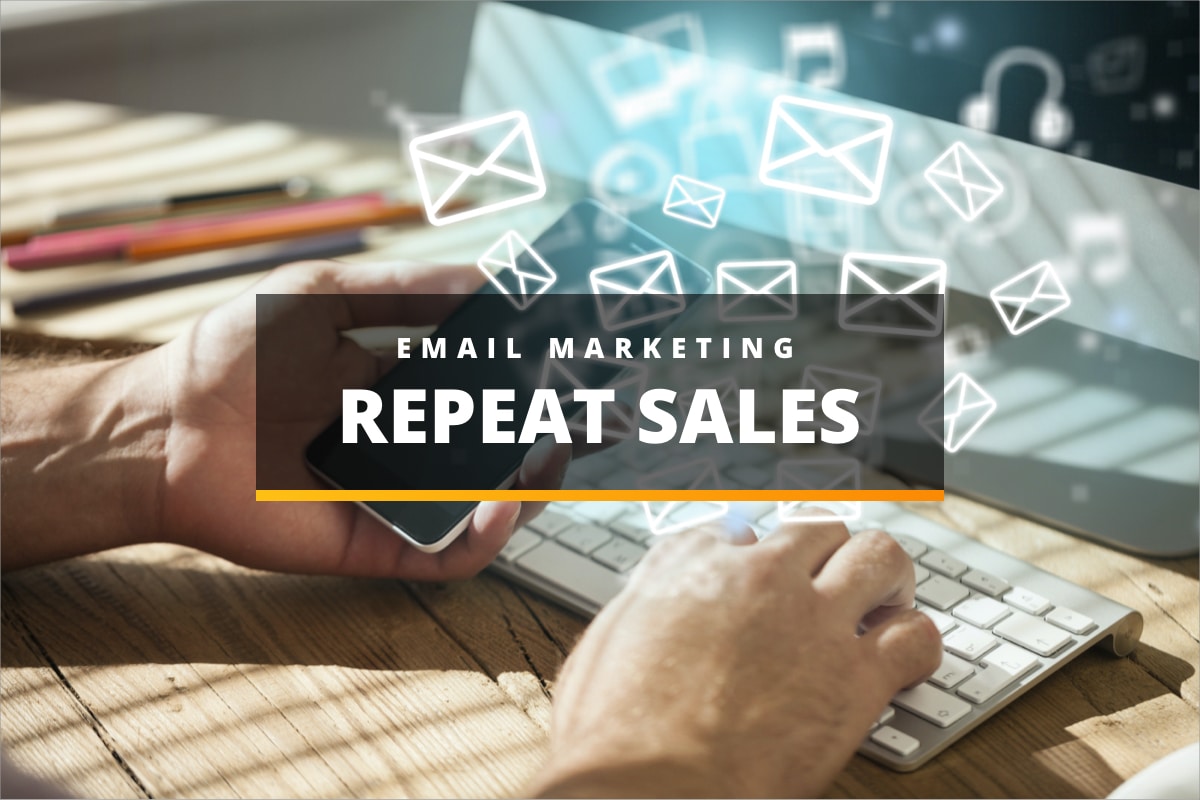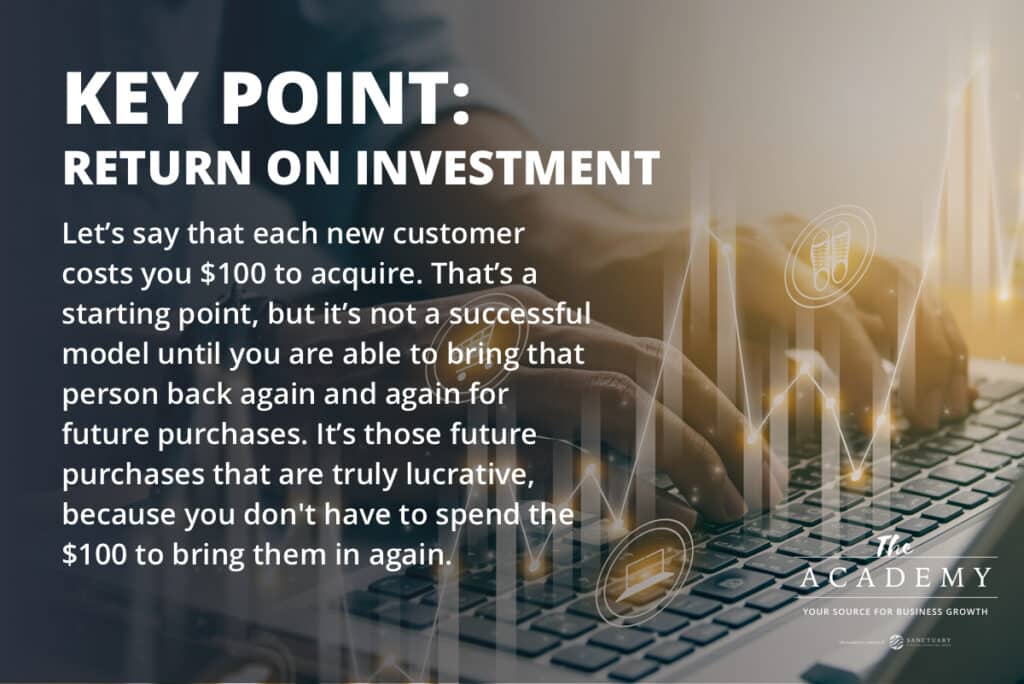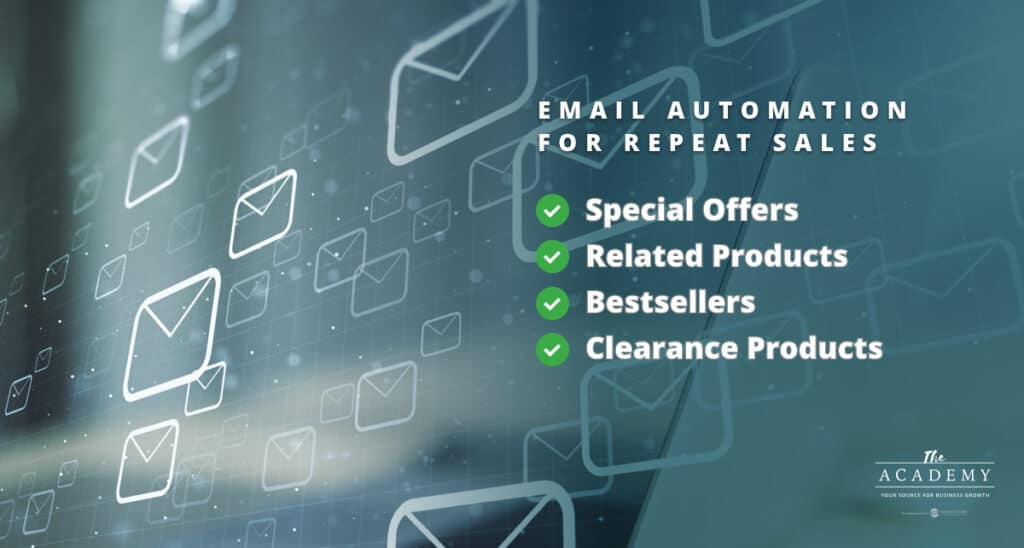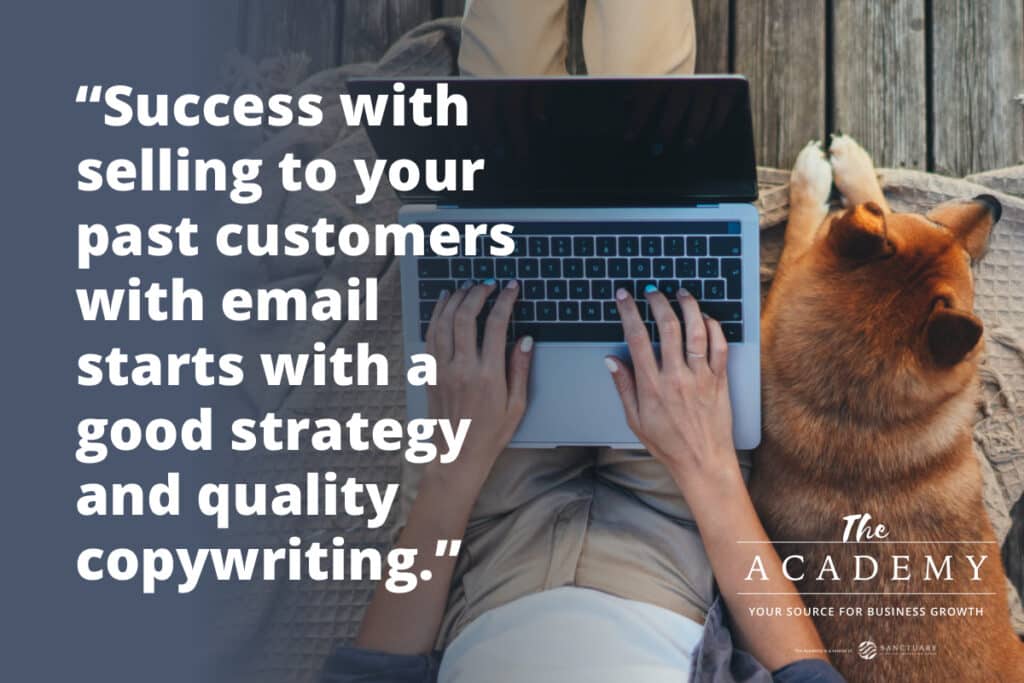
The hardest thing to do in business is to earn a new customer. For someone who has never purchased from you previously, to commit to spending some of their money with your brand is a big step. It’s one of the biggest hurdles you have to overcome on the path toward success.
Of course, there is no way to avoid dealing with this hurdle – if you are going to have a successful business, you’ll need to continually find a way to secure new customers. At the same time, it’s going to be an uphill battle if you only sell to new customers day after day. Along with finding new people, you need to extract maximum value from the customers that you already have to your credit.
With this article, we’d like to discuss some strategies that will help you use email automation to generate as many repeat purchases as possible within your existing customer base. Increasing your rate of repeat purchases, along with continuing to pursue new customers, is a path that can lead you to new heights in business.
Improving the Return on Your Investment
The importance of generating repeat purchases can be seen when you look at the return on investment that you get from your advertising dollars. Each new customer comes with a financial cost – a cost per acquisition – and you are likely tracking this cost already.

For the sake of an example, let’s say that each new customer costs you $100 to acquire. If the purchase that a customer makes, on average, brings you $100 in profit, you will have broken even on the sale. That’s a starting point, but it’s not a successful model until you are able to bring that person back again and again for future purchases. It’s those future purchases that are truly lucrative, because you don’t have to spend the $100 to bring them in again, and you can start to rack up profits to a greater degree.
This is where email marketing can be such a powerful tool. Given the rather affordable nature of maintaining and using an email list, you can stay in touch with your customer base and work to bring them back without spending much more money at all. In fact, with the email automation techniques we are going to discuss below, you’ll be able to have these emails go out automatically as they are triggered by certain events, and the whole system can be relatively hands-off once it is designed.
A Few Different Methods
There are a few different angles you can use for email automation when targeting existing customers. When deciding what methods you’ll be using in your campaigns, you are going to need to think carefully about the nature of your business and what is likely to work best with your model. In other words, it’s likely that some of the ideas below won’t apply logically to your needs – so pick and choose what makes the most sense and get started. You can always make adjustments later based on results to fine-tune the process.

Here are a few ways email automations can be employed to drive additional repeat sales to past customers.
- Special offers. One of the first things you may want to try in terms of using your past customer email list to win additional sales is to make special offers just to this group of people. For example, you might send out an email promotion that offers 10% off of any purchase using a special code that is only offered to past buyers. Be sure to make it clear that you are only offering this discount to people who have bought from you previously, as that will help to strengthen the relationship and demonstrate how much you value their business. Of course, the specifics of what you decide to offer will vary depending on your business model and how often people tend to buy from you. Also, rather than giving a discount, you could offer a bonus product or other incentive for making a purchase by a specific date. Presenting these special offers periodically will help your brand loyalty and make it less likely that your past customers will drift off to try the competition.
- Related products. Using the right tech, you can easily send out emails that will suggest related products to past customers based on things they have purchased previously. This is a great tool to drive sales using data that you already have on hand. You can review sales history in your business to see what products are often purchased together – or what product sales tend to follow up the sale of other items. For instance, if one of your products seems to regularly be purchased by people who had previously bought something else, you can use that product as a suggestion in your email marketing messages. It’s important to get your email system properly calibrated and tuned up so the messages that go out are correctly presenting the right products to the right people. While there is some upfront work needed to get this system set up and running, that effort will more than be rewarded in the long run as the sales start to trickle in from one message after the next.
- Bestsellers. Sometimes, the best thing you can do is simply promote your most popular products to as many people as possible. This strategy is a simple one, but it works. When sending out automated email blasts to your list of past customers, include listings for the most popular products in your inventory – these are the items that just seem to keep selling over and over, even if you don’t push them aggressively. Whatever it is that makes these items popular with your audience, you’ve already proven that they work. Rather than overthinking the process and getting in your own way, just lay these items out in front of the group of people who have already proven they’d be happy to buy from you.
- Clearance products. Another way to think about marketing to your past customers is to use this channel as an outlet to move some of the products that you are done within your inventory. If you are going to be closing out a product line, or just a specific product within a line, you might have some luck promoting those items – at a discount, of course – to your past customers. This approach comes with the advantage of not requiring significant advertising dollars to connect with buyers. You already have these people available to connect with, and you wouldn’t want to spend a lot to sell something that is being sold at a steep discount anyway. When the need for a clearance sale arises, look first to your past customer base as a way to clear out these products.
You might come up with other ideas beyond those listed above, but this is a good start. As you start to see your existing customers be a little more active in terms of making further purchases, you’ll only become more motivated to find even more effective tactics to engage this audience.
The Art of Writing Emails
Success with marketing to your past customers starts with a good strategy and a compelling offer, but that’s not the end of the story. You are also going to need to write quality emails that follow the fundamentals of email marketing that have been proven to work effectively for countless companies.

Whether you have written many emails over the years or are just getting started with this marketing method, it’s always worthwhile to review the basics.
- Be as clear as possible. This really isn’t the time to show off your creative writing skills or to experiment with catchy taglines and slogans. Instead, you want to write your emails as directly and clearly as possible so there is no confusion as to what you are offering. In other words, if your email copy seems a bit boring, it is probably on the right track. Before you send a message, consider sending it to a few friends or employees to have them read it and make sure they understand the offer and what they should do next.
- The subject line and email body should match. Another big point with your emails is to connect your subject lines to what is actually contained in the message. If you have a disconnect between these two components, recipients may be confused – or annoyed – and just delete the message before going any further. As a good rule of thumb, write the email body content first, then write a subject line that accurately describes what is contained within.
- Second-person writing is best. Writing your emails in the second person – which means you are using “you” frequently in the copy – will make it feel conversational and help you make a connection with the audience. Also, this style of writing tends to be pretty easy to approach for most people, so you might find it helpful if you’ve been struggling with other styles.
Testing and Refining Your System
Lastly, we need to leave a note about email marketing in general. Perhaps the core concept to keep in mind about email marketing is that your campaigns are never done. No matter how well something seems to be working, it’s never finished – it can always be tested further, improved, and tested again. Whether it’s refining your subject lines, improving your copywriting skills, or finding better offers to present to your audience, nothing is ever perfect.
Split testing is the best way to seek ongoing, regular improvement over time. Send out two different messages to segments of your list and see how they perform. With that feedback collected, you can tweak future messages to favor the approach that you used in the winning email. Even if these improvements are only small and incremental, they’ll add up over time and you might be amazed at where you are with your email performance in a year or two from now.
Even a small bump in repeat purchases can make a big difference in your bottom line. Setting up email automations to seek additional purchases from people already on your list comes with very little cost, so this is a channel that stands to clear more pure profit than others.
Most Popular Articles

Seeing Favicons in Your Google Search Results? Here’s Why…
Have you noticed anything different in your Google Search results lately? Google added tiny favicon icons to its organic search results in January. It was…

Business Growth and Digital Marketing News & Tips 11-17-24
Are you encouraging and rewarding innovation? Lee Cockerell is the former Executive Vice President of Operations at Walt Disney World. A lover of traditional red…

Business Growth and Digital Marketing News & Tips 11-27-24
A culture of gratitude "Feeling gratitude and not expressing it is like wrapping a present and not giving it." – William Arthur Ward Beyond being…








